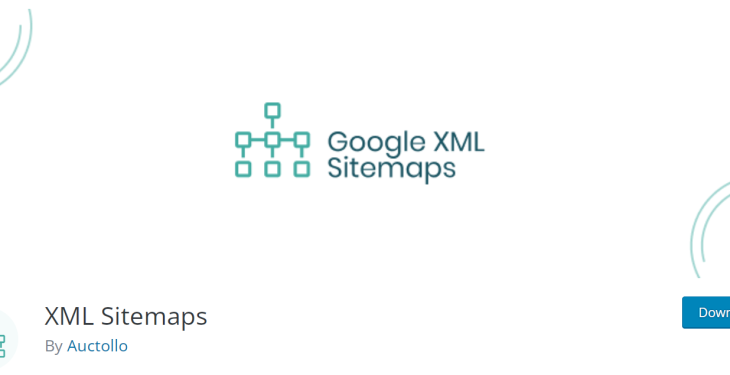As websites scale, the volume of content they offer often becomes difficult for search engines to keep fresh and current in their indexes. This is where the concept of sustainable indexing becomes crucial. Sustainable indexing involves optimizing how search engines discover, revisit, and prioritize pages based on their relevance and update frequency. A critical part of this process involves the use of Sitemaps—in particular, the properties of crawl schedules, changefreq, and lastmod.
Understanding Crawl Schedules
Search engines like Google and Bing deploy crawlers to find and index new or updated content across the web. However, these crawlers operate under the constraint of crawl budget—a limit on how many URLs can be crawled within a specific time period for each website. To make effective use of this budget, site owners must strategically guide web crawlers by informing them about page changes and priorities.
Sitemaps play an instrumental role here. A sitemap is essentially a file where you provide information about the pages, videos, and other files on your site, and the relationships between them. Search engines read this file to crawl your site more intelligently.
Optimizing crawl schedules becomes even more important for large websites with thousands—or even millions—of URLs. By improving how often and when a page is crawled, you can ensure that the most relevant or recently updated content is indexed promptly without overwhelming the crawler.

The Role of Changefreq in a Sitemap
The <changefreq> tag in a sitemap suggests how frequently the content at a particular URL is likely to change. It helps search engine bots allocate attention and crawling frequency accordingly.
Accepted changefreq values include:
- Always – Used for pages that update constantly, such as news feeds or stock tickers.
- Hourly – Suitable for pages that update multiple times a day.
- Daily – Ideal for blogs or news sites that update content daily.
- Weekly – Common for overview pages or less critical updates.
- Monthly – Best used for archive pages or static reference material.
- Yearly – For documents or info that changes very rarely, like policy pages.
- Never – For archived pages that no longer change.
It’s crucial to be accurate with the changefreq value. Misleading declarations—such as marking all pages as “daily” updated regardless of actual updates—can damage credibility and cause crawlers to ignore the sitemap.
Importance of Lastmod Metadata
The <lastmod> tag indicates the last time a page was modified. This is especially helpful when crawlers need to prioritize newer or recently updated content over older material. By accurately updating lastmod, site owners provide a timestamp that greatly improves indexing efficiency.
Best practices for using lastmod include:
- Update the date only when the main content of the page changes, not for cosmetic or layout changes.
- Automate
lastmodupdates during publishing workflows to avoid human error. - Use ISO 8601 format (e.g.,
2024-04-23) for consistency and accuracy.
Ignoring or misusing lastmod can lead to inefficient crawling and outdated content being favored in search engine results.

Why Sustainable Indexing Matters
In a digital environment flooded with new content every second, indexing sustainability is essential for two main reasons:
- Resource Optimization: Search engines allocate limited crawling resources to each domain. Sustainable indexing ensures these resources are used on high-priority or frequently updated content.
- Improved SEO Performance: Ensuring fresh, relevant pages are indexed faster can lead to better placements in search results and increased traffic.
For e-commerce sites, informational blogs, or news platforms, where information freshness can directly correlate with conversions or trust, this optimization becomes even more critical.
Combining Signals for Maximum Efficiency
Some believe search engines don’t rely heavily on changefreq and lastmod, citing that crawlers use their own algorithms to determine change frequency. While this is partially true, these tags still offer valuable hints—especially when used together with other signals like:
- Robots.txt directives
- Canonical tags
- Server response codes (e.g., 304 Not Modified)
- Content freshness algorithms
The goal isn’t to rely solely on sitemap metadata but to create a synergistic environment where all signals validate and reinforce each other. When consistent indicators point to a page as relevant and current, it stands a higher chance of being efficiently crawled and indexed.
Automating Your Sitemap Strategy
To maintain a scalable and up-to-date sitemap, automation is vital. Many modern CMS platforms and plugins allow for dynamic sitemap generation based on content publishing activity. Developers can also create custom scripts that track modification times and update lastmod accordingly.
Combined with monitoring tools like Search Console or Bing Webmaster Tools, automated sitemap management aids in catching crawl anomalies and tailoring updates to match actual site activity.
Common Pitfalls to Avoid
Even with the best intentions, many site owners fall into traps that undermine sustainable indexing:
- Overusing “always” in changefreq: Leads to crawler distrust and inefficiency.
- Static lastmod dates: Leaving the same
lastmoddate over time even as content is updated can mislead crawlers. - Missing URLs in the sitemap: Important or new pages omitted from the sitemap may not be discovered in time.
- Including non-indexable URLs: URLs blocked by robots.txt or marked noindex should not be in the sitemap.
A deliberate, data-driven approach is key. Sitemaps are not set-it-and-forget-it tools—they should be maintained as actively as your website content itself.
Conclusion
Sustainable indexing isn’t just about pleasing search engines—it’s about creating a digital environment where the most relevant, accurate, and up-to-date content reaches its intended audience efficiently. By understanding and strategically applying sitemap properties like changefreq and lastmod, websites can better allocate crawl budgets, improve SEO, and deliver a stronger end-user experience.
FAQ on Sustainable Indexing
- What is sustainable indexing?
- Sustainable indexing is the practice of effectively managing how content is discovered and updated in search engine indexes to improve crawl efficiency and content freshness.
- Does Google use the
changefreqtag? - Google has stated that while it may not rely heavily on
changefreq, it still uses it as a hint in the broader crawling decision process. - Can incorrect
lastmodvalues hurt SEO? - Yes, inaccurate
lastmoddata can mislead crawlers, resulting in outdated or irrelevant pages being favored over fresher content. - How often should I update my sitemap?
- Ideally, update sitemaps dynamically as content is published or edited. At minimum, perform weekly or monthly audits to ensure accuracy.
- What happens if a page isn’t in the sitemap?
- Pages not listed in a sitemap can still be discovered, but they may take longer to get indexed and updated, especially on large or complex sites.
